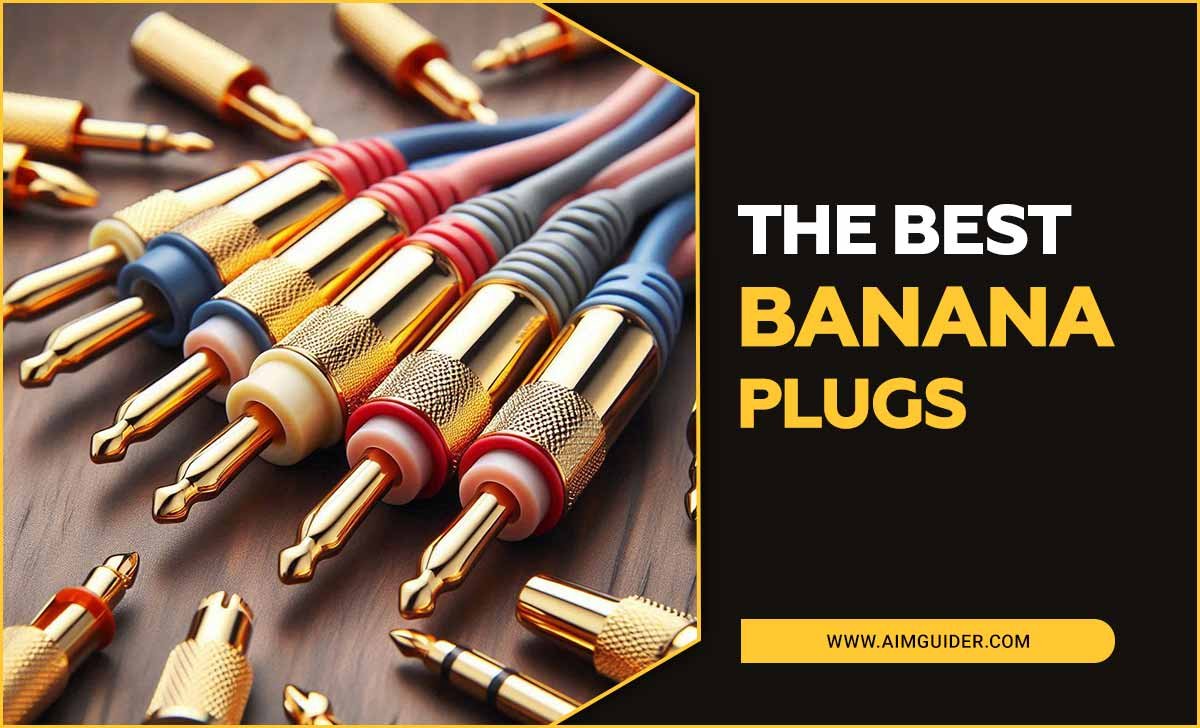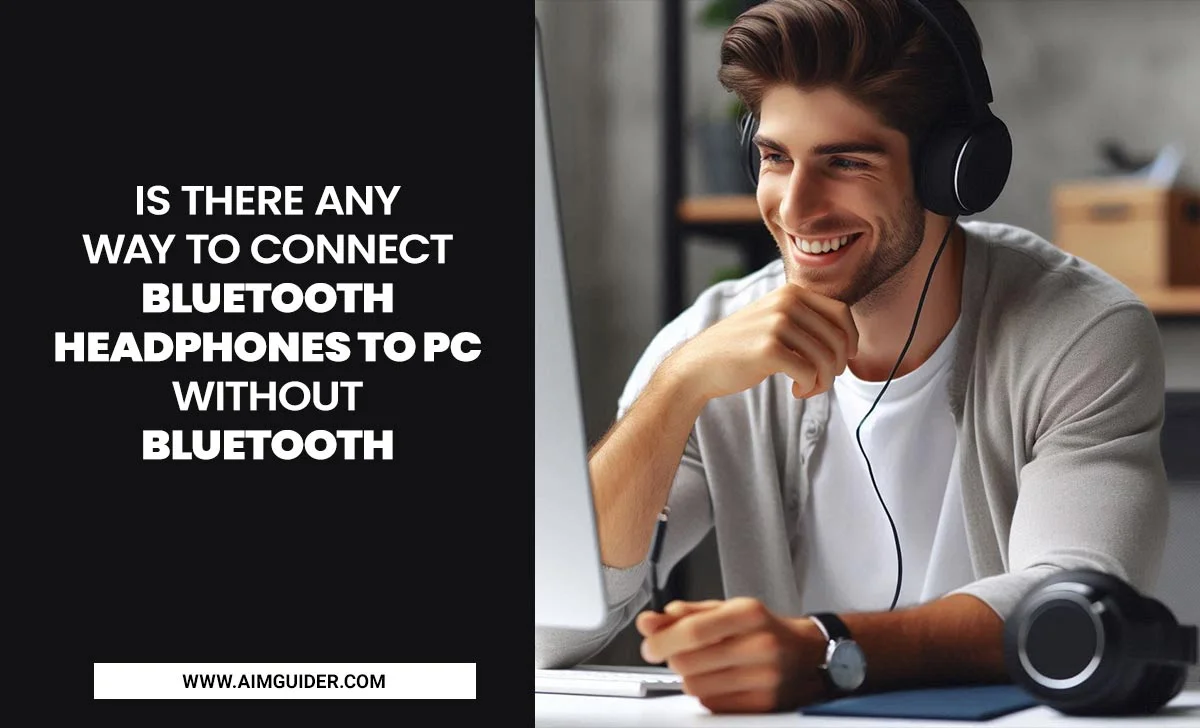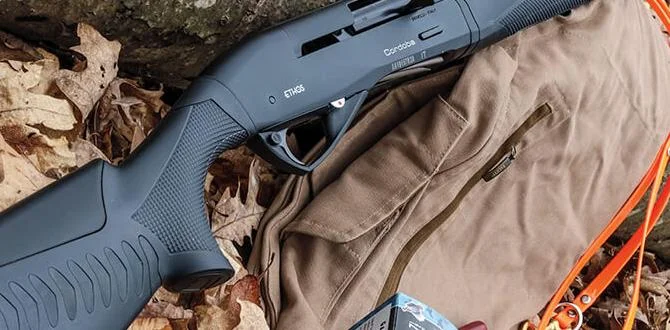A vlogging microphone is the best way to make your videos sound amazing. The latest versions offer incredible clarity and ease of use, transforming your content from amateur to pro without breaking the bank. Get ready to capture crystal-clear audio that keeps viewers hooked and takes your channel to the next level.
Thinking about starting a vlog or want to make your current videos sound so much better? You’re in the right place! Many creators notice their video quality is good, but the sound is… well, not so much. This is a super common problem, and it can really turn viewers away. Don’t worry, though! Upgrading your audio is easier than you might think, and it makes a HUGE difference. Today, we’ll explore how the latest vlogging microphones are genius tools for anyone looking to boost their video content. We’ll break down what makes them great and how to pick the perfect one for you.
Why Your Vlogging Microphone Choice Matters More Than You Think
You might be wondering, “Do I really need a special microphone for vlogging?” The answer is a resounding YES! While your camera or phone has a built-in microphone, it’s designed for general use. It picks up everything around you – the wind, traffic noise, echoing rooms – and often makes your voice sound distant or muffled. This is where a dedicated vlogging microphone shines. It’s engineered to capture your voice with clarity, isolate it from background noise, and deliver that professional polish your viewers will appreciate.
Think about your favorite YouTubers. What do they all have in common? Great visuals, yes, but also crystal-clear audio. When you can hear every word they say, their personality shines through, and you feel more connected to them. That’s the power of good sound. It keeps people watching longer and makes them more likely to subscribe.
The latest vlogging microphones are designed with creators in mind. They are versatile, easy to set up, and can significantly improve the professional feel of your videos. From compact lavalier mics that clip onto your shirt to shotgun mics that mount on your camera, there’s an option for every style of vlogging.
Types of Vlogging Microphones: Finding Your Perfect Match
Navigating the world of microphones can seem a little daunting at first, but it’s actually quite manageable when you break it down by type. Each type of microphone has its strengths and is suited for different vlogging scenarios. Let’s look at the most popular ones:
1. Lavalier Microphones (Lapel Mics)
These are tiny microphones that clip directly onto your clothing, usually near your collar. They are fantastic because they are super close to your mouth, meaning they pick up your voice very clearly and minimize background noise. They are less affected by how you move around.
- Pros: Excellent voice isolation, portable, discreet, great for interviews or talking directly to the camera, often affordable.
- Cons: Can sometimes pick up clothing rustle, wired versions can be a hassle if you move a lot, battery life needs consideration for wireless models.
Many modern lav mics offer both wired (connecting directly via cable) and wireless (using a transmitter and receiver) options. Wireless lav mics provide the most freedom of movement, which is ideal for dynamic vlogging styles.
2. Shotgun Microphones
These are long, tube-shaped microphones that are often mounted on top of your camera or on a boom pole. They are highly directional, meaning they are designed to pick up sound from the direction they are pointed and reject sound from the sides and rear. This makes them great for capturing clear audio in noisy environments.
- Pros: Excellent at rejecting off-axis noise, great for capturing sound directly in front of the camera, can be mounted on cameras or boom poles.
- Cons: Can be sensitive to wind noise (a windscreen is crucial!), require careful aiming, can be bulkier than lav mics.
If you’re vlogging from a fixed position or moving in a way that keeps the mic pointed at you, a shotgun mic is a solid choice for clean audio.
3. USB Microphones
These are plug-and-play microphones that connect directly to your computer via a USB cable. They are incredibly popular for voiceovers, podcasting, and even some studio-style vlogging setups. While not typically mounted on a camera, they are essential for content creators who primarily film themselves talking in a controlled environment.
- Pros: Very easy to set up and use, great sound quality for their price, perfect for desk-based recording.
- Cons: Not mobile for on-the-go vlogging, requires a computer or compatible device.
If your vlogging involves sitting at a desk and talking to your audience, a USB mic is often the most straightforward and effective solution.
4. Wireless Microphone Systems (Beyond Lavalier)
These systems often consist of a transmitter (which you or your subject wears) and a receiver (which connects to your camera or recorder). While lavalier mics are common in these systems, you can also get clip-on transmitters for dynamic mics or even handheld transmitters for interview-style use. They offer the ultimate freedom of movement.
- Pros: Unparalleled freedom of movement, ideal for dynamic vlogging, interviews, and covering events.
- Cons: Can be more expensive than wired options, require managing batteries for both transmitter and receiver, potential for interference (though modern systems are very reliable).
For vloggers who move around a lot, run, or engage in activities where being tethered by a wire is impractical, a wireless system is a game-changer.
Key Features to Look for in the Latest Vlogging Microphones
The “latest” vlogging microphones are packed with features that make them smarter, more powerful, and easier to use than ever before. When you’re shopping, keep an eye out for these essential features:
1. Polar Patterns
This refers to how the microphone picks up sound. For vlogging, you’ll most commonly encounter:
- Cardioid: Picks up sound from the front and slightly from the sides, rejecting sound from the back. This is excellent for isolating your voice when vlogging directly to the camera.
- Omnidirectional: Picks up sound equally from all directions. Good for capturing ambient sound or when you’re moving in multiple directions, but less ideal for voice isolation in noisy areas.
- Supercardioid/Hypercardioid: Even more directional than cardioid, with a narrow pickup pattern and good rejection of side noise. Can be very effective for isolating your voice.
For most vloggers, a cardioid or supercardioid pattern is the best bet for clear voice recording.
2. Connectivity Options
How does the microphone connect to your camera, smartphone, or computer? This is crucial for compatibility.
- 3.5mm (1/8″) Jack: The most common audio jack, found on many cameras and smartphones (though newer phones may require an adapter).
- USB (Type-A, Type-C): Connects directly to computers or some mobile devices.
- XLR: A professional audio connector, often found on higher-end microphones and requiring an audio interface or adapter for cameras/phones.
- Wireless (2.4GHz or Bluetooth): Uses radio frequencies or Bluetooth to transmit audio wirelessly.
Always check what your recording device uses and ensure the microphone (or an adapter) is compatible.
3. Monitoring Capability (Headphone Jack)
This is a feature I can’t stress enough! A headphone jack on the microphone or its receiver lets you listen to exactly what the microphone is picking up in real-time. This means you can catch any problems (like wind noise or being too far away) before you finish recording. It’s a lifesaver for ensuring perfect audio.
4. Battery Life and Power Options
For wireless microphones or those not powered by your camera/computer, battery life is critical. Look for mics with decent battery life – at least 4-6 hours for a single recording session is good. Rechargeable batteries or the ability to use external power banks are also great bonuses.
5. Accessories Included (Windscreen, Mounts)
Great vlogging microphones often come with helpful accessories. A foam windscreen or a furry “deadcat” is essential for reducing wind noise when filming outdoors. Different mounting options (cold shoe mount for cameras, clips, stands) also add to the mic’s versatility.
6. Durability and Build Quality
If you’re vlogging on the go, your gear will get bumped around. A microphone with a sturdy build quality will last longer and perform reliably.
Setting Up Your New Vlogging Microphone: A Simple Guide
Getting your new microphone connected and ready to record is usually straightforward. Here’s a general step-by-step process, which might vary slightly depending on your specific microphone and recording device.
- Unbox and Inspect: Carefully take everything out of the box. Check for the microphone, any cables, the receiver (if wireless), adapters, and accessories.
- Charge Batteries (if applicable): If your microphone or wireless system uses batteries, charge them fully before your first use.
- Connect Physically:
- Lavalier (Wired): Plug the 3.5mm jack or USB connector into your camera, smartphone (often requires an adapter), or computer.
- Shotgun: Mount it onto your camera’s hot shoe or a tripod/boom pole. Connect its output cable (usually 3.5mm or XLR adapter) to your camera’s microphone input.
- USB: Plug the USB cable into your microphone and then into your computer.
- Wireless: Attach the transmitter to your person or subject. Connect the receiver to your camera’s mic input or your computer. Ensure the transmitter and receiver are paired (usually a simple button press).
- Configure Your Device:
- Cameras: Go into your camera’s audio settings. You’ll likely need to select “External Microphone” or a specific input type if you have manual controls.
- Smartphones: If using a wired adapter, your phone should automatically detect the external mic. For wireless, ensure the receiver is connected and the phone is set up to use it (sometimes through app settings).
- Computers: In your operating system’s sound settings (Windows or macOS), select your USB microphone as the default input device. For podcasting/vlogging software, you’ll select it within the software’s audio preferences.
- Test Your Audio: This is the most crucial step!
- Put on your headphones and plug them into the microphone’s headphone jack (if available).
- Start recording a short clip.
- Speak at your normal vlogging volume.
- Listen back. Are you clear? Is there background noise? Is the volume level appropriate (not too quiet, not distorting)?
- Make adjustments: Move the mic closer/further, adjust gain settings on your camera/software, or try a different mic placement.
- Final Checks: Ensure all cables are secure and that your mic and receiver (if wireless) have enough battery for your planned recording session.
A good resource for understanding audio levels is the Federal Communications Commission (FCC), which offers guidance on safe listening levels, indirectly highlighting the importance of controlled and clear audio capture to avoid over-amplification and distortion.
Latest Trends in Vlogging Microphones
Technology never stands still, and the vlogging microphone market is constantly evolving. Here are some exciting trends you’ll see in the latest models:
- Smart Noise Cancellation: Advanced algorithms are being integrated to intelligently filter out background noise, letting your voice be heard even in busy environments like cafes or busy streets.
- Improved Wireless Reliability: Wireless systems are becoming more robust, with better signal strength, lower latency (delay), and wider frequency ranges, making them less prone to dropouts.
- Built-in Recording: Some higher-end wireless systems now have onboard storage, allowing them to record audio directly to the transmitter, providing a crucial backup if the wireless signal fails.
- Compact and Lightweight Designs: Manufacturers are finding ways to pack powerful audio technology into smaller, lighter packages, making them less obtrusive and easier to carry.
- USB-C Connectivity: As USB-C becomes the standard, more microphones are adopting this port for faster data transfer and wider compatibility with modern smartphones and laptops.
- AI-Powered Audio Enhancement: Emerging technologies are starting to use Artificial Intelligence to not only clean up audio but also to tailor the microphone’s response to your voice and environment for optimal results.
Vlogging Microphone Features Comparison: Top Picks
To give you a clearer picture, let’s compare some hypothetical but representative features of popular vlogging microphone types. This isn’t exhaustive, but it illustrates the differences.
| Feature | Compact Lavalier (Wired) | On-Camera Shotgun | Wireless System (Lavalier) | Tabletop USB Mic |
|---|---|---|---|---|
| Primary Use | Talking head, interviews, close-ups | On-the-go, capturing wider scenes with clear voice | Dynamic movement, interviews, active vlogging | Studio setup, voiceovers, desk vlogging |
| Portability | Excellent | Good | Excellent | Fair (requires setup) |
| Background Noise Rejection | Very Good (due to proximity) | Good (directional) | Very Good (proximity + directional) | Good (proximity + room treatment) |
| Ease of Setup | Very Easy | Easy | Moderate (pairing required) | Very Easy (Plug & Play) |
| Typical Operating Range | N/A (tethered) | N/A (tethered) | 30-100+ meters (line of sight) | N/A (USB cable length) |
| Monitoring (Headphone Jack) | Rare | Rare | Common (on receiver) | Common (on mic) |
| Price Range (Estimate) | $20 – $150 | $50 – $300 | $100 – $500+ | $50 – $200 |
Making the Decision: What’s Right for Your Vlogging Channel?
Choosing the perfect vlogging microphone boils down to your specific needs and how you plan to use it. Ask yourself these questions:
- What is my primary vlogging environment? Are you mostly indoors talking to a camera, or are you out exploring and moving around?
- How much movement do I do? If you’re active, wireless or long cables will be essential.
- What is my budget? Microphones range from very affordable to quite expensive.
- What audio devices will I connect to? Ensure compatibility with your camera, phone, or computer.
For beginners who mostly film themselves at home or in a controlled environment, a good USB microphone is often the easiest and most cost-effective starting point. If you plan to vlog while walking, traveling, or outdoors, a reliable lavalier microphone (wired or wireless) or an on-camera shotgun mic will serve you much better.
Brands like Rode, Shure, Sennheiser, and Blue Microphones (now Logitech) are well-respected in the audio world and offer excellent options across different price points.
Frequently Asked Questions About Vlogging Microphones
Q1: Do I need a special microphone for vlogging on my iPhone/Android phone?
Yes, if you want professional-sounding audio. The built-in phone microphone picks up a lot of ambient noise and sounds muffled. An external microphone, usually a lavalier or a compact shotgun mic designed for phones (often with a lightning or USB-C connector), will dramatically improve your sound quality.






